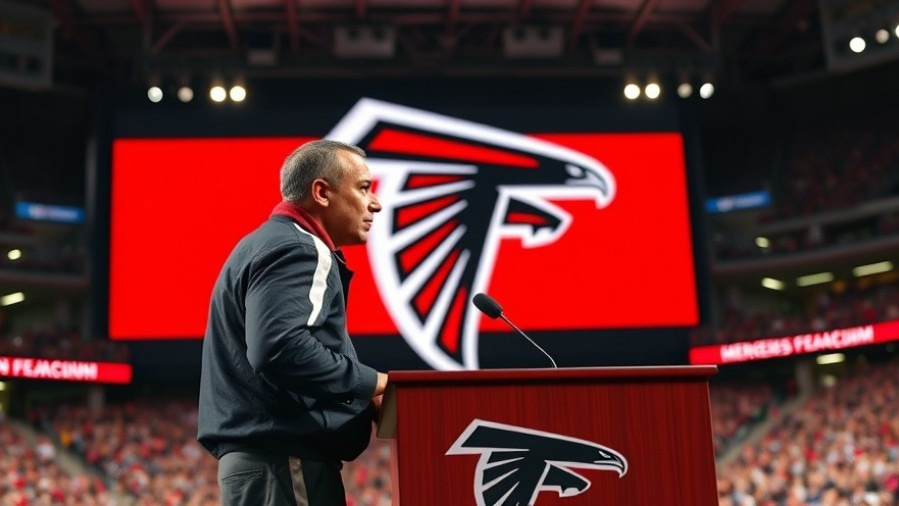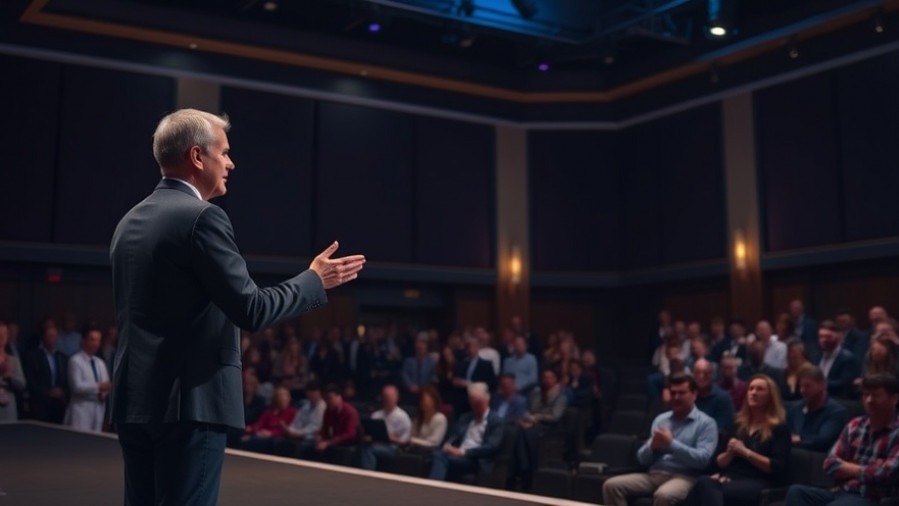
Understanding the Ceasefire Agreement Between Israel and Hamas
On October 8, 2025, the long-awaited ceasefire agreement between Israel and Hamas marked a pivotal moment in the ongoing Israeli-Palestinian conflict. The intricate deal, shaped through months of negotiations led by the United States, Egypt, and Qatar, proposed a robust humanitarian response while stipulating military withdrawals.
This upward momentum is rooted in complex dynamics. According to experts from the Council on Foreign Relations, the recent ceasefire offers a glimmer of hope for many, but some skepticism remains. Indeed, the agreement is divided into three phases, each requiring careful navigation to transition smoothly from one to the next while addressing crucial humanitarian concerns.
The Humanitarian Impact and Challenges Ahead
The immediate effect of the ceasefire is humanitarian aid entering Gaza — up to six hundred trucks daily aimed at relieving suffering among the displaced. Yet returning families may find their homes uninhabitable, raising questions about the future of Gaza and the reconstruction efforts needed to revive both infrastructure and social order.
As highlighted in discussions from Brookings, reconstruction goes beyond physical rebuilding. Emotional scars from two years of intense warfare need healing. Transformative recovery necessitates collective participation from the inhabitants, alongside comprehensive support from international partners.
Potential Regional Ripple Effects
How this ceasefire shapes the broader Middle East will depend on various actors. The Council on Foreign Relations cautions against overconfidence; regional tensions remain high, particularly with groups like Hezbollah and the Houthis in Yemen potentially reacting to shifts in power dynamics.
The interactions between these factions could either stabilize or destabilize the ceasefire depending on their agendas, adding complexity to an already fragile situation. Experts predict that the success of this arrangement could influence other conflicts in the region, emphasizing the importance of holistic and cooperative statecraft moving forward.
Expectations for Governance and Sovereignty
One of the key facets of the ceasefire agreement is the focus on establishing governance that can sustain peace in Gaza. Important discussions around revising the Palestinian Authority’s role alongside local governance structures are necessary to ensure lasting stability. Current conditions present challenges; as the Brookings commentary notes, the involvement of a stabilizing international force could influence how effectively governance is enacted.
As concerns about unanswered questions surrounding the ceasefire prevail, transparency and ongoing dialogue remain essential. Without effective governance, which includes managing the socioeconomic landscape, the likelihood of revert to previous tensions increases.
The Public Sentiment and Cultural Context
The human aspect of war extends beyond political agreements. Thousands of families in Gaza have felt the impact of violence directly, and the sentiments of loss and grief play a significant role in shaping public opinion on the ceasefire's terms. For many, the desire for peace is palpable, yet hope often intertwines with skepticism due to historical contexts demonstrated in prior ceasefire agreements that have faltered.
In Israel, the thoughts of families affected by conflict raise important questions about security and peace. The willingness to trust a fragile agreement comes steeped in a history of mistrust where leaders often struggle to maintain their promises amidst evolving circumstances.
Moving Forward: Opportunities for Sustainable Peace
As we look ahead, fostering conditions for sustained peace involves continued commitment from global leaders in legislative negotiations and conflict resolution initiatives. Engagement by the U.S. administration will be significant as it helps both Israel and Palestine work towards a possible two-state solution, which could serve as a longer-term resolution to the conflict.
Ultimately, the path to peace remains steeped in challenges; yet, the fragile hope offered by this ceasefire represents a unique opportunity for collaboration and growth amid decades of separation. Engaging with informed diplomacy that prioritizes humanitarian aid and community empowerment could pivot the discourse toward reconciliation this time.
 Add Row
Add Row  Add
Add 




Write A Comment